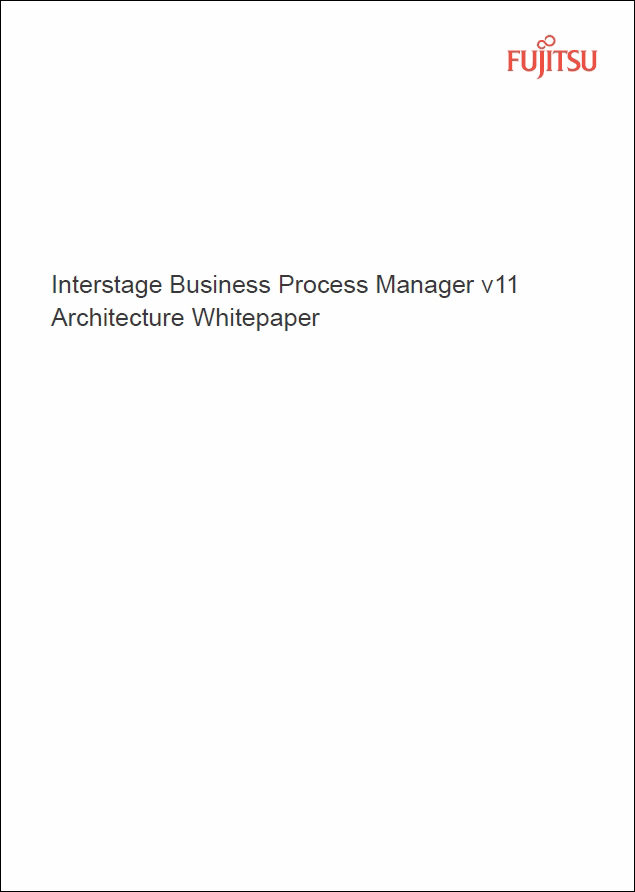Interstage BPM advanced architecture flexibly addresses requirements of the next generation BPM to effectively manage work in today’s enterprise. Broad array of capabilities enables organizations to respond to business change by supporting all types of business processes and all forms of work.
Research indicates that the use of BPM technology can lead to remarkable cost savings, increased efficiency, and productivity – in other words, big ROI. Enterprises and software developers have come to understand that BPM can be applied to increasingly complex problems. Automating business processes from end-to-end, integrating applications to process steps, and opening up processes for collaboration with partners, customers, and suppliers represent just the beginning of what can be expected from BPM software.
Interstage Business Process Manager includes key components for 1) defining and refining processes; 2) creating rules and rich user interfaces; 3) integrating with systems within or outside an organization; 4) automating the process and supporting dynamic modifications to the course of a process to respond to business changes; 5) analyzing hybrid process patterns – a combination of pre-defined and ad hoc process steps; and 6) continuously optimizing a business process.
Interstage Business Process Manager incorporates all of the building blocks necessary for adding a flexible and sophisticated process layer to business applications. Business processes should not be hard-coded in to application code. Given the pace of change of current business applications, application developers should also utilize BPM to separate process logic from the application logic. The resulting process layer is easy to understand and empowers managers to implement change requests immediately without technical assistance. Interstage Business Process Manager provides an easy-to-use graphical user interface for controlling the process layer of your applications. With the introduction of dynamic BPM capabilities for automating the unplanned, unstructured activities in real work scenarios, business users no longer need to wait in line for scarce IT resources to implement changes to their business processes.

















